Is a feather or memory foam pillow better? Bedding experts explain which will guarantee the best sleep for you
Everything you need to choose between these popular pillow fillings


When it comes to getting a good night’s sleep there are several variables that can have a big impact. Yes, the mattress but also the pillow you’re sleeping on can dramatically affect the quality of your sleep. Memory foam and feather-filled pillows are two of the most popular pillow choices out there. But they’re very different.
You want the best pillows you can afford. As a sleep product reviewer, I know pillows inside out (literally) and am here to break down what both types of pillows actually are, why people love them so much and what you might want to watch out for.
I’ve also chatted with some pillow experts about their opinions on feather and memory foam pillows. Both are solid options, but one or the other is probably a better fit for you. Read on to find out why.
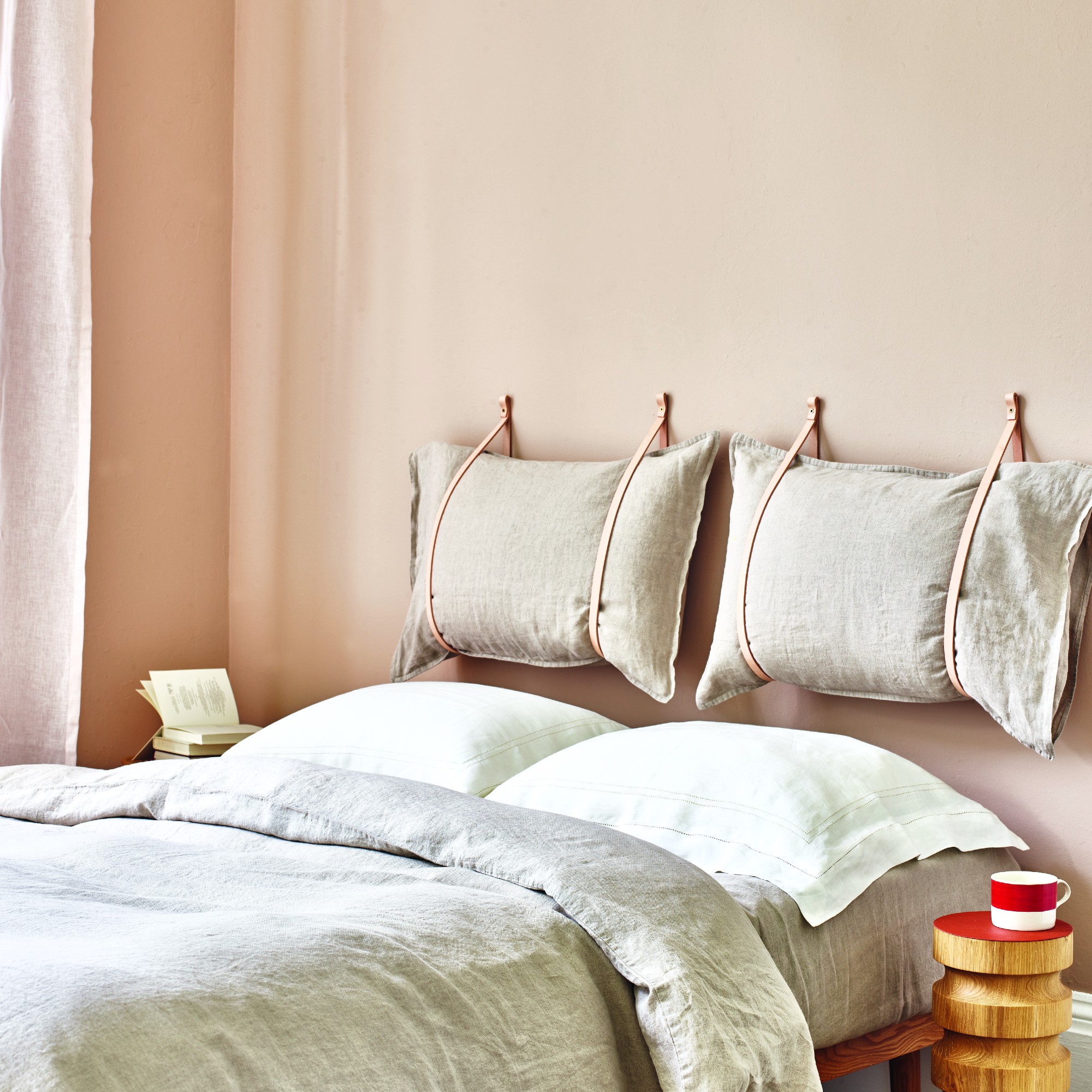
What is a feather and down pillow?
Feather and down pillows are pillows that are filled with feathers – more often than not from ducks or geese – and down, which is the fluffier underlayer between feathers.
‘Feather provides structure and support, while down adds loft and softness, making these pillows a luxurious and fluffy choice,’ explains Laurie Goldsmith, director at Rem-FIT. This is because feathers have quills – the hard bit in the middle of the feather. While down, found between the layers of feathers, is designed to lock warmth in, and feels super cosy.
‘This sought-after blend leads to pillows that are both plush and supportive, resulting in a sleep experience that feels light and cloud-like, whilst maintaining shape,’ says Emily and Jonathan Attwood, Founders at scooms. ‘Every brand varies in their feather to down ratio, but higher down content will result in a softer, more premium feel.’
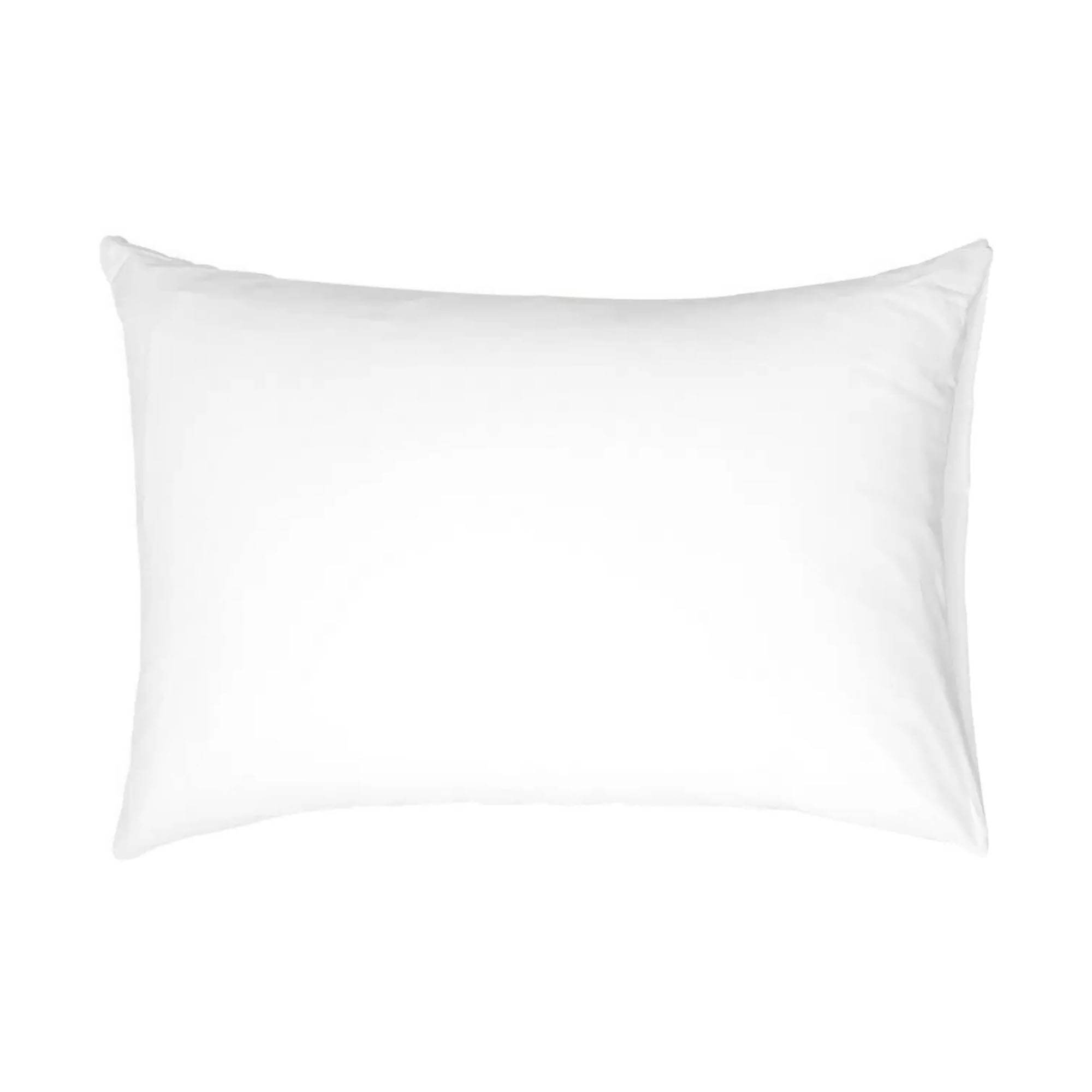
This squishy down pillow impressed our reviewer who called it the best pillow for front sleepers.
What are the advantages of a feather and down pillow
Warmth
The down in feather and down pillows are engineered by nature to be as warm as possible. Down is made of soft, fluffy filaments that trap warm air in tiny pockets. When your body gives off heat, this gently warms the air pockets and makes a barrier from cold air. This makes it one of the best pillow fillings for warmth.
Get the Ideal Home Newsletter
Sign up to our newsletter for style and decor inspiration, house makeovers, project advice and more.
Soft yet supportive
But down isn’t just there for warmth, it’s also there to make your pillow feel soft as you lay on it all night long.
‘The down content makes these pillows incredibly soft and comfortable, giving a cloud-like sleeping experience,’ says Laurie from Rem-Fit.
‘One of the biggest advantages of feather and down pillows are the incredible softness they bring and the ability they have to mould to your head and neck,’ says Jonathan and Emily from scooms. ‘Whether you have a Soft-Medium or Medium-Firm option, these pillows will contour to the shape of your head and neck, ensuring the position is tailored to you.’
There is a boost of support from the harder feathers though. ‘The quilled feathers give shape and structure,’ points out Feather & Black.
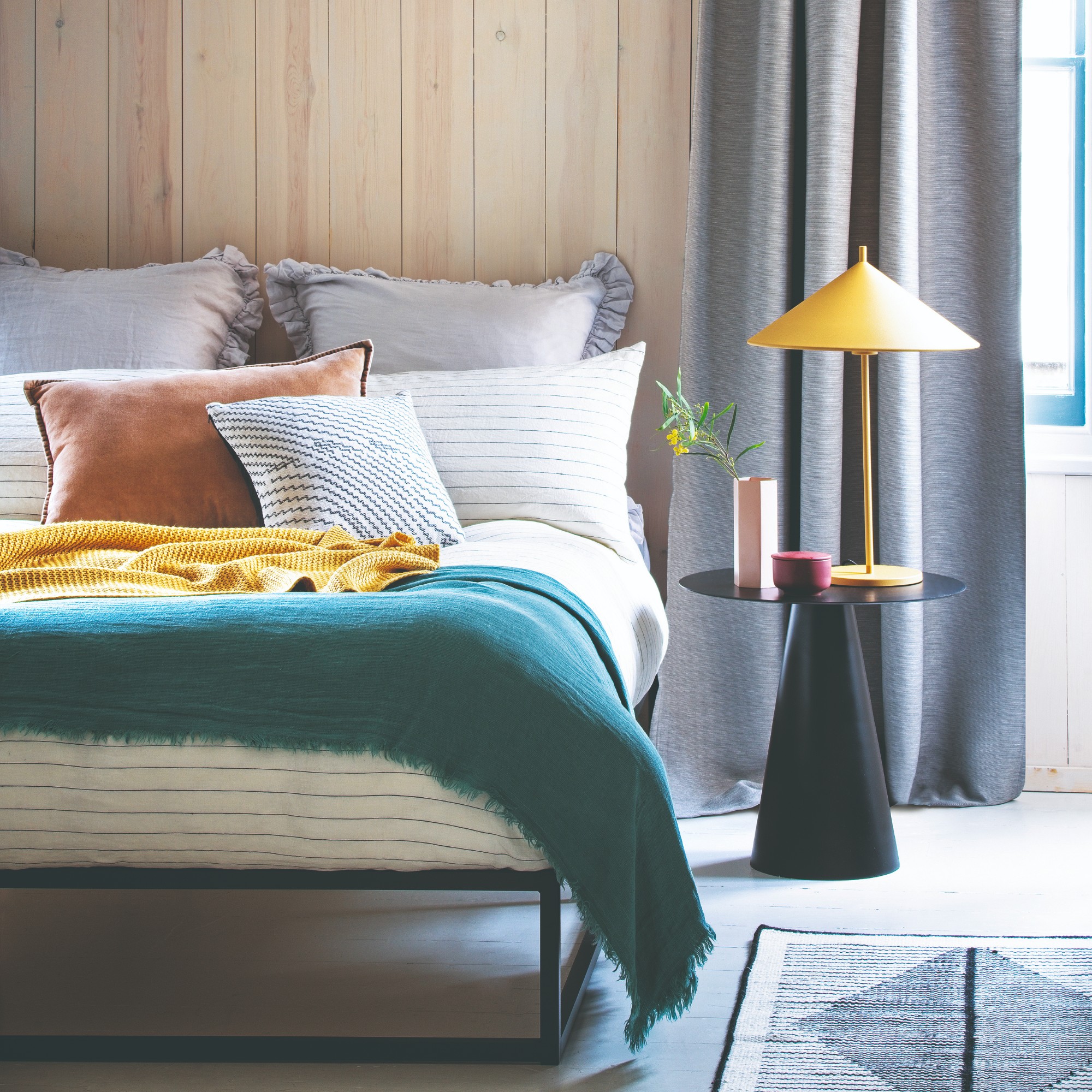
Breathable
One of the key reasons why feather and down makes such a great pillow (and duvet) filling is because they’re so breathable. ‘Being made of natural materials, they also are highly breathable, promoting airflow and keeping you cool as you sleep throughout the night,’ says Emily and Jonathan from scooms.
As temperature affects everyone's sleep so dramatically, regulating body temperature is always the aim of bedding. Feather and down-fill pillows should therefore help you get a good night’s sleep.
Lightweight
As Tommy-Joe Reardon, head of Marketing at Panda London points out, feather and down pillows are ‘also extremely lightweight and flexible which can make them easier for travelling.’
As well as travelling well, you can squish and squeeze them to get the right shape for you. ‘Compared to other pillow types, these are lighter and easy to adjust throughout the night,’ says Feather & Black. If you love that soft feeling - especially good for back and stomach sleepers - feather and down pillows are ideal.
Durable
Feather and down should put in the hard yards for you, and are some of the longest lasting pillow fills available. They ‘are highly durable if maintained properly, and have the ability to be fluffed back to their original loft even after extended use,’ says Emily and Jonathan from scooms.
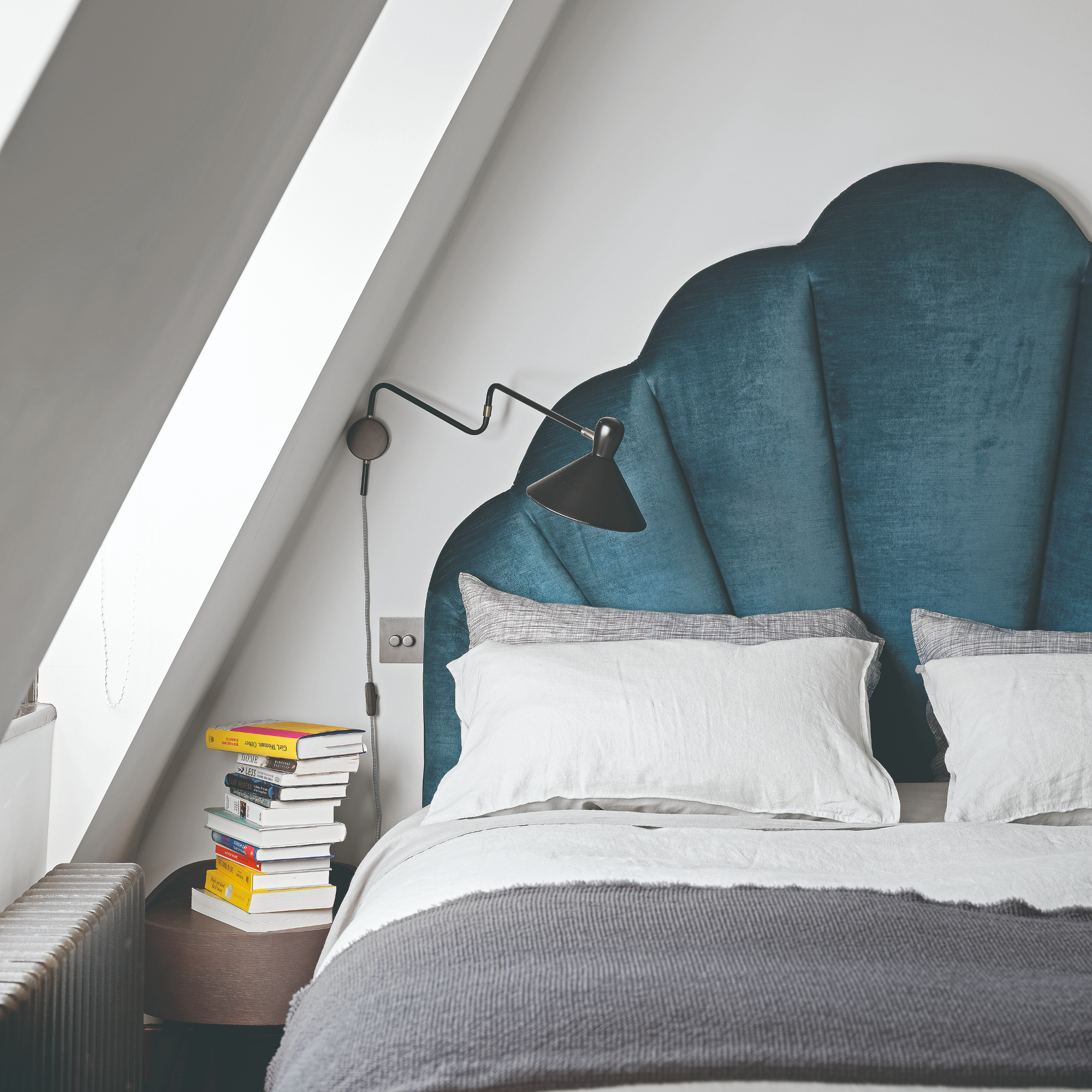
What are the disadvantages of a feather and down pillow?
Can go flat
Ever noticed your previously fluffy pillow has turned into a bit of a pancake? This is the destiny of many feather and down pillows. ‘The lower quality feather and down pillows can lose their loft over time,’ explains Emily and Jonathan from scooms.
This is caused by compression over time, mixed with the moisture from your head (sorry, not easy to make this sound appealing) that gets trapped in the feathers. This then causes the fillings to go a bit clumpy and flat.

Quills poke through
‘If not encased in a high-quality cover, the quills from the feathers can poke through and cause discomfort,’ says Laurie from Rem-Fit. This can be very annoying - particularly on your face when you’re sleeping.
Can trigger allergies
This is a big drawback for feather and down pillows - they’re not great for allergy sufferers. ‘Some individuals are sensitive to natural feathers and down,’ warns Laurie from Rem-Fit.
This is because feather and down trap in moisture, which create a warm, humid environment that dust mites love. And as dust mites are the leading cause of house-born allergies in the UK, you don’t want them taking up residence in your pillow.
However ‘regular care and washing and higher quality options with No-Mite certification will make them suitable for dust mite allergy sufferers too,’ say Jonathan and Emily from scooms.
Bit high maintenance
Feather and down, for all their brilliance, are the high-maintenance diva option in the pillow world. ‘They need regular fluffing and occasional professional cleaning to maintain their shape and hygiene,’ warns Laurie from Rem-Fit.
Regular fluffing will help prevent the clumping mentioned above though, and help keep the pillows at their best for longer. You fluff the pillows by hand shaking them, pressing and kneading the pillows or you could put them in a tumble drier on a low heat with a tennis ball to help break up clumps.

What is a memory foam pillow?
A memory foam pillow is one that has a foam filling. It’s ‘a pillow that has an inner core made of memory foam – a high density, man-made foam that reacts to both heat and pressure to contour or mould to body shapes,’ specifies Tommy-Joe Reardon from Panda London.
These are much more dense than feather and down pillows, with a firmer feel.
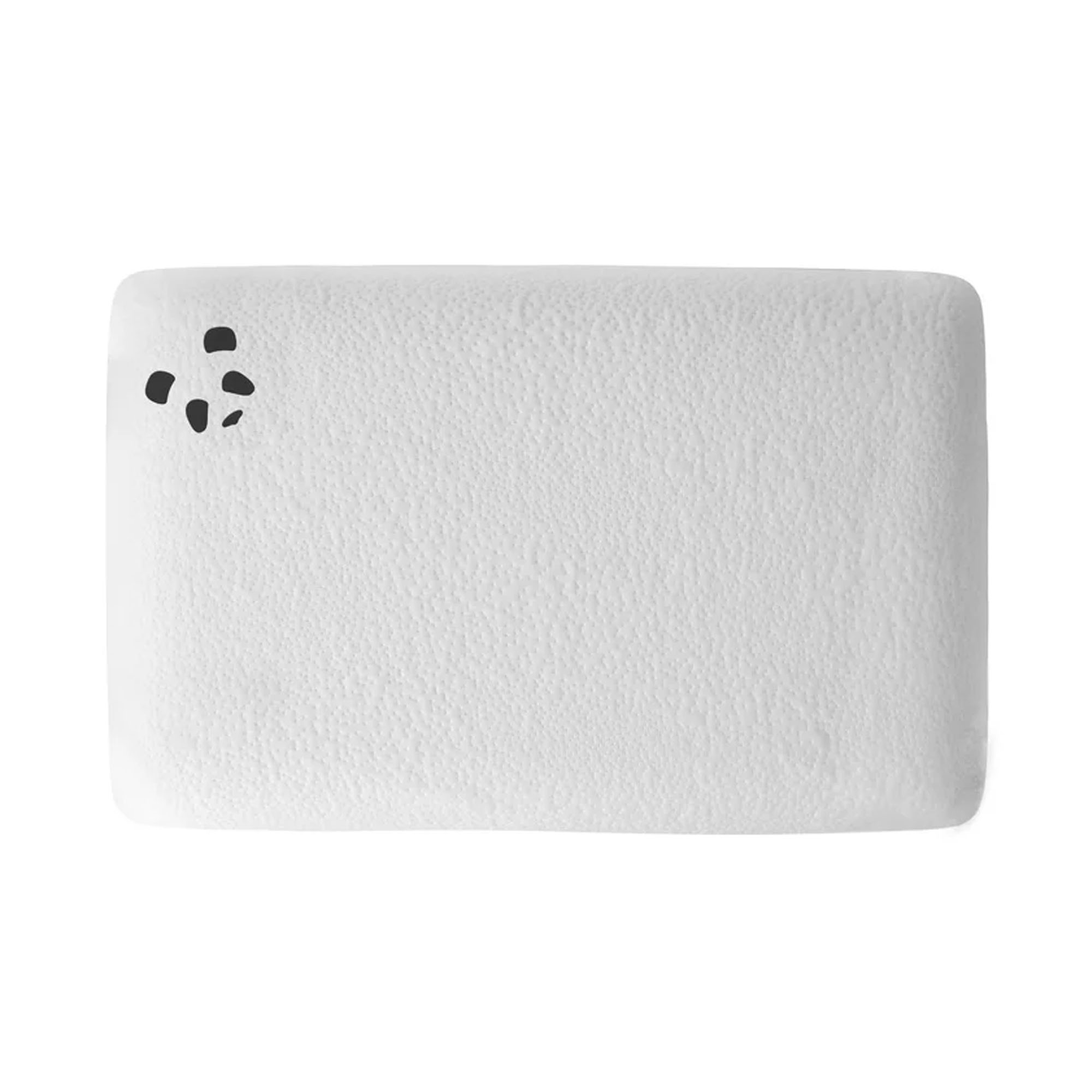
Our Sleep Editor Amy Lockwood has rated the Panda Memory Foam pillow as the memory foam pillow she's tested with an affordable price tag and 30-night sleep trial.
What are the advantages of a memory foam pillow?

Supportive
Many people love the best memory foam pillows because they offer a really high level of support. Side sleepers especially will appreciate this. ‘The foam adapts to your head and neck, promoting spinal alignment and reducing pressure points,’ says Laurie from Rem-Fit.
‘Unlike down which can shift with movement, memory foam retains its shape, offering a consistent, more structured support throughout the night,’ explains Emily and Jonathan from scooms. ‘This can make them a preferred choice for those who need spinal alignment and pressure relief, as the foam evenly distributes weight, helping to reduce neck and shoulder strain.’
‘This means fewer aches and pains when you wake up,’ points out Tommy-Joe from Panda London.
Hypoallergenic
Memory foam is brilliant for allergy sufferers. It ‘tends to be hypoallergenic due to its tightly packed structure, meaning dust mites and other allergens can’t get in,’ says Tommy-Joe from Panda London.
Easy to care for
Memory foam lasts for ages and ages, and you don’t have to do much to memory foam pillows to keep them at their best. ‘These pillows tend to retain their loft height over time to provide long-lasting support and comfort,’ says Tommy-Joe from Panda London. This is a big tick in their favour as ‘unlike down pillows that require frequent fluffing,’ adds Laurie from Rem-Fit.
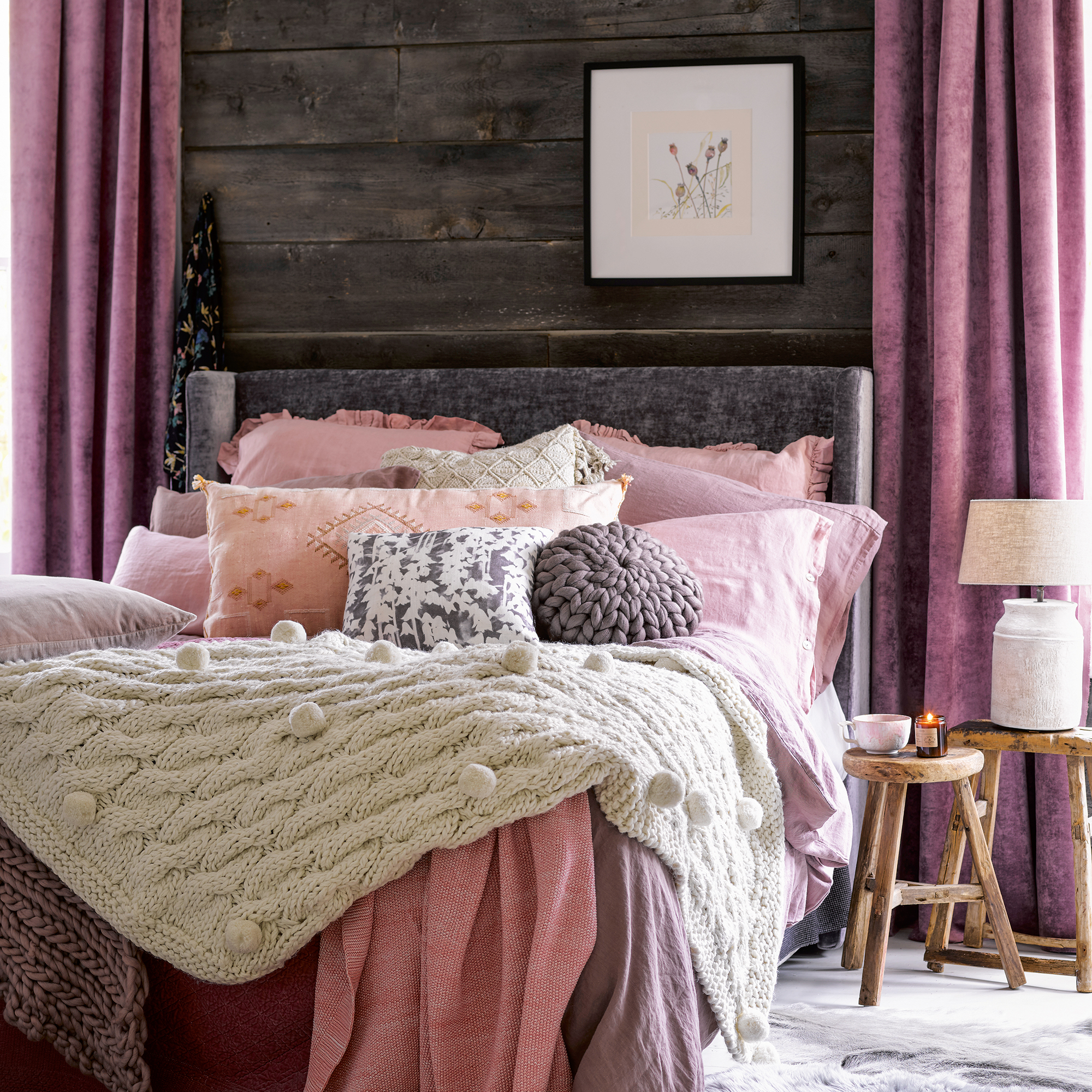
What are the disadvantages of a memory foam pillow?
Can be quite warm to sleep on
Memory foam has quite a bad reputation for overheating when you sleep on it. ‘Traditional memory foam tends to trap heat, which can be uncomfortable for hot sleepers (though gel-infused and ventilated options help mitigate this),’ says Laurie from Rem-Fit.
‘It’s important to look for a pillow with a thermoregulating cover material, like bamboo,’ adds Tommy-Joe from Panda London.
Off-gassing might be a concern
Memory foam pillows can ‘emit slight chemical odours, known as off-gassing, which can take a few days to dissipate,’ says Emily and Jonathan from scooms.
As with mattress off gassing, you have to decide how you feel on this based on your own situation.
Is a feather or memory foam pillow better?
This is really something that comes down to individual preference, including how much you overheat when you sleep, any allergies you might have and your sleeping position.
Memory foam is great if you want something solid, dependable and that doesn’t require much TLC. However, if you want something fluffier and more like a five-star hotel pillow [include link to my piece one live] then a feather and down in going to be better suited to you.
FAQs
Is down or memory foam better for side sleepers?
As a committed side sleeper myself, my vote firmly goes to memory foam. The stable support keeps my neck elevated and I wake up pain free.
‘Side sleepers need extra support to keep their head and spine aligned,’ explains Laurie from Rem-Fit. ‘A high-loft memory foam pillow helps prevent the head from sinking too low, ensuring proper alignment.’
Is down or memory foam better for back sleepers?
Back sleepers require a lower-loft pillow to prevent their neck being at an awkward angle.
‘Back sleepers can benefit from both types, but it's down to personal preference on whether you prioritise natural materials or not,’ say Emily and Jonathan from scooms. ‘A medium-loft down pillow can cradle the head while allowing slight sinkage, which many find comfortable. Memory foam, on the other hand, provides more consistent neck support, making it a better choice for those who struggle with neck pain or spinal alignment issues.’
Is down or memory foam better for stomach sleepers?
Along with the best mattress for stomach sleepers, it’s important stomach sleepers consider their pillow carefully. If you sleep on your stomach you either want no pillow or a very low-loft option.
‘A softer feather and down pillow is the clear winner as they benefit from a thin, compressible pillow to prevent the neck from being forced into an awkward angle - memory foam tends to be too firm for this sleep position,’ advises Emily and Jonathan from scooms.

Zoe is a freelance journalist and content strategist. Her career has traversed kids' publishing, women's lifestyle magazines, luxury property and content marketing. She's worked for the BBC, STYLIST, Marie Claire, heat, Wallpaper*, InStyle, The Sunday Times Style, Ocado, Christie's and more. She now regularly writes about interiors and sleep for a range of media – what she doesn't know about mattresses isn't worth knowing.
You must confirm your public display name before commenting
Please logout and then login again, you will then be prompted to enter your display name.
-
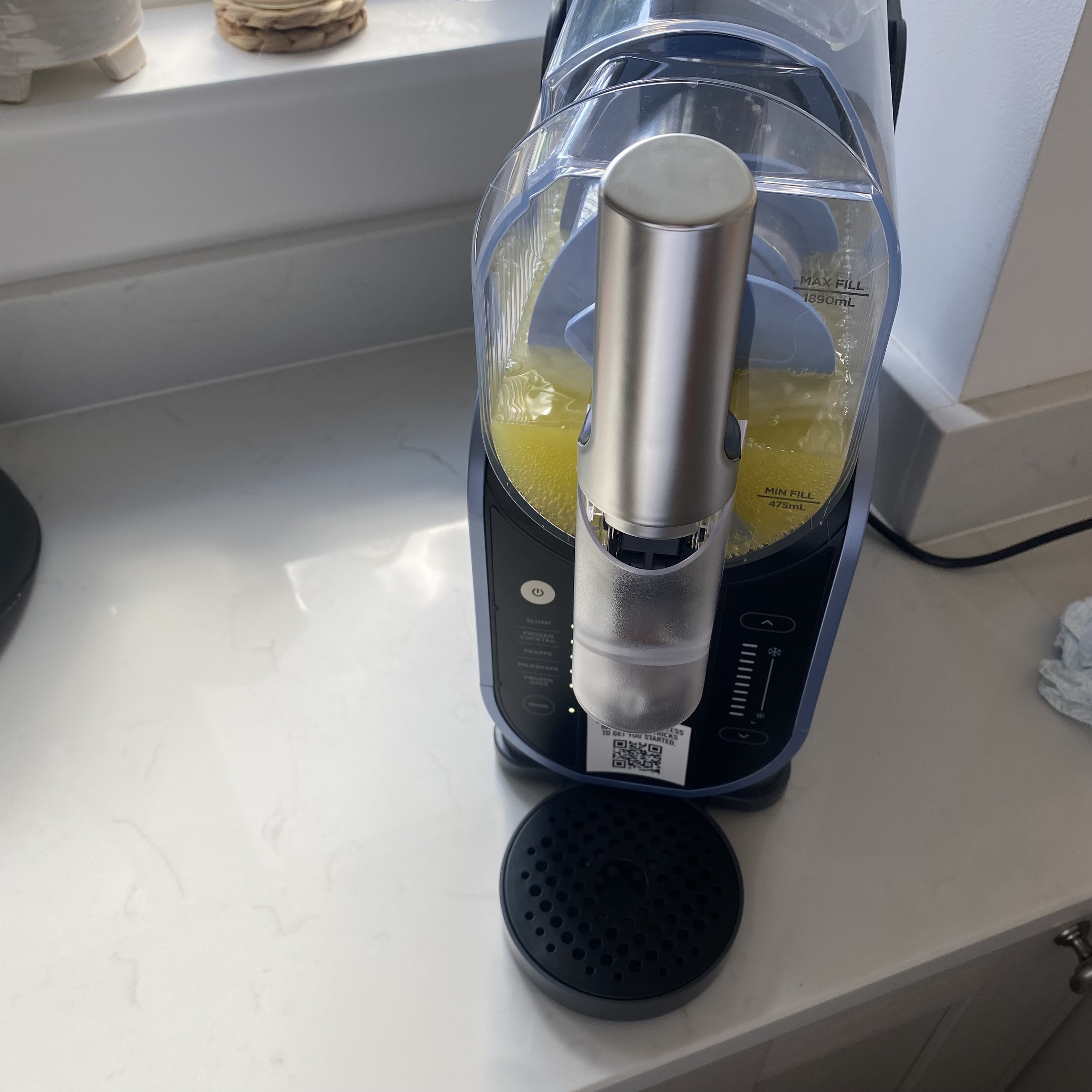 I unboxed the Ninja Slushi – here's what happened
I unboxed the Ninja Slushi – here's what happenedThe Ninja Slushi is the stuff of dreams for summer entertaining
By Molly Cleary
-
 Should you invest in a pot filler or are they just a high-end kitchen fad? I asked kitchen experts whether they're set to be a trend beyond 2025
Should you invest in a pot filler or are they just a high-end kitchen fad? I asked kitchen experts whether they're set to be a trend beyond 2025A high-low approach to kitchen design is the key to creating a stylish space in your budget
By Holly Cockburn
-
 Are conservatories going to be banned in the UK?
Are conservatories going to be banned in the UK?Conservatory pros reveal the truth behind the rumours
By Rebecca Foster